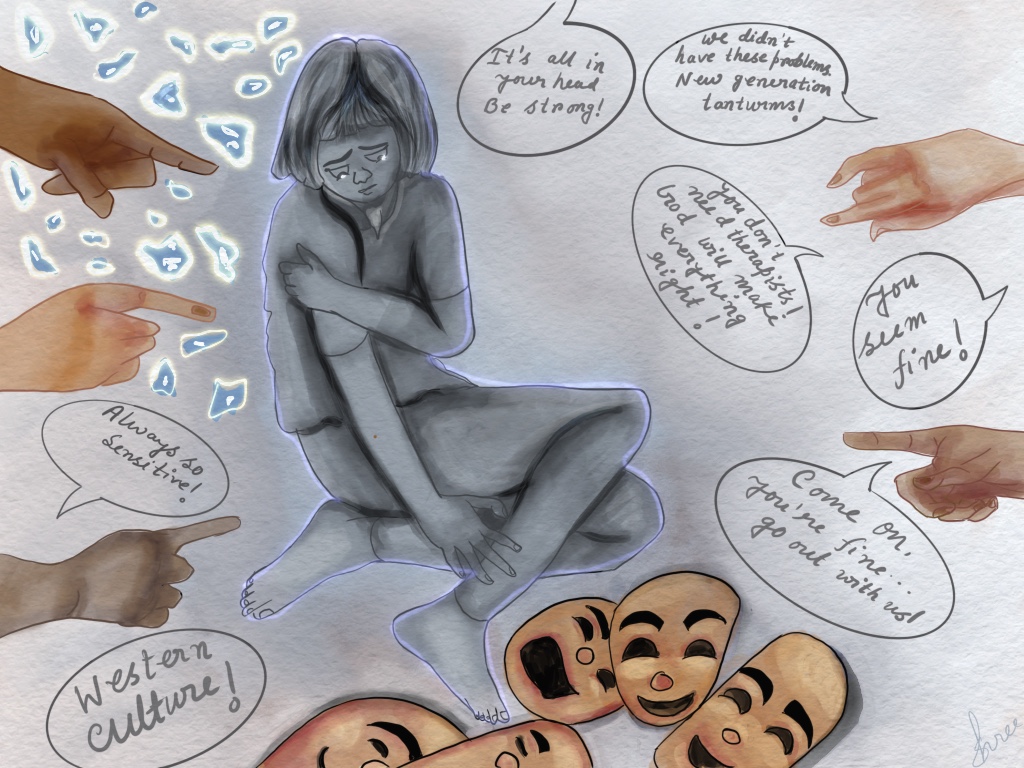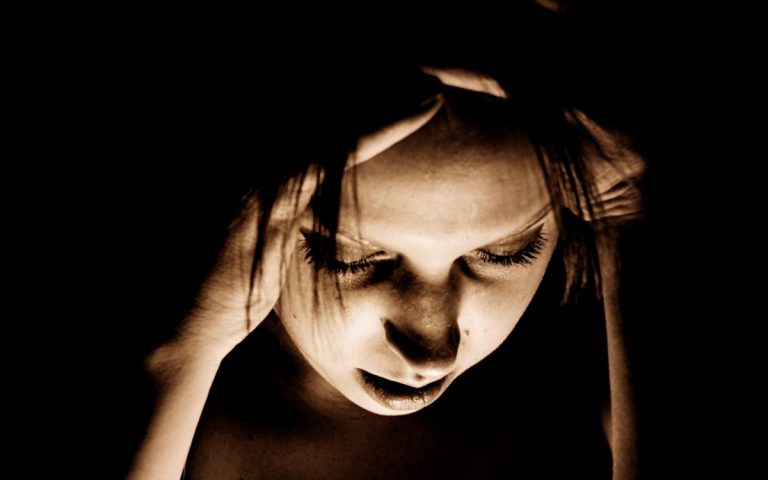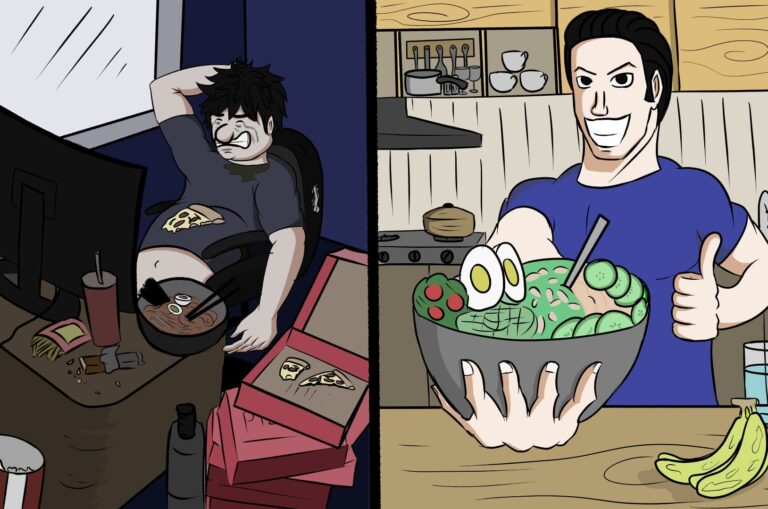Mr. India needs to start talking about invisible disability

Look at my pictures, meet me, and if I say I have a disability, you wouldn’t believe me. Sometimes I won’t reciprocate to your smile with a smile, and you might be quick to label me as snooty without knowing that I can’t often smile because I have myofascial pain. Some days my brain fog is so extreme that I lose words right in the middle of the sentence is a meaningful conversation and not really able to explain what happened, I might be quickly labeled as the mindless multi-tasked mommy without knowing its underlying cause. There is a popular Bollywood film Mr.India, where the main protagonist uses a gadget and becomes invisible. That film has become the most appropriate metaphor for my conditions for me- Depression and Fibromyalgia.
Disability is a reality for a large population of the world. Yet, a significant fraction of this population lives all their lives without any suitable accommodation of the same.
Invisible disability is another end of the spectrum of disabilities and in a society like India, it is not even talked about or recognized. Though globally, disability is now recognized as a human rights issue, and there is chatter about invisible conditions too, I still feel very little is happening around me. In India, sensitivity is hugely lacking in our society, even for visible disabilities. I now don’t expect much as far as insensitivity or ignorance of the people around me is concerned. It is a lonely battle every day.
International Day of People with Disabilities (IDPWD) is observed every year since 1992 on the 3rd of December to create awareness and mobilize resources for the cause. Disability is not a small margin. In fact, about 15% of the world’s population lives with some form of disability, out of this large number 2-4% experience significant difficulties in functioning.
The WHO defines disability as not just a bodily impairment or difference but includes the social hurdles that such people have to encounter as part of the disability.
Disability is, thus, not just a health problem. It is a complex phenomenon, reflecting the interaction between features of a person’s body and features of the society in which he or she lives. Overcoming the difficulties faced by people with disabilities requires interventions to remove environmental and social barriers
WHO
People with disabilities (PWDs) remain one of the most marginalized groups in the world in terms of:
- Poorer health outcomes
- Lower education achievements
- Less economic participation
- Higher rates of poverty
Invisible or hidden disabilities are disabilities that are not immediately apparent. In the case of some PWDs who do not use a visible aid like a wheelchair or crutch, or do not wear glasses or hearing aids, people may not appear disabled at the first appearance. Similarly, there are disabilities like mine (Fibromyalgia) that have no visible symptoms ever but can be as debilitating as any visible disability.
In a country like India that is known for social apathy and insensitivity towards PWDs, people who have hidden disabilities face even more ignorance about their conditions. There can be a variety of symptoms of these conditions, such as chronic pain, fatigue, cognitive dysfunctions, brain injuries, learning differences, dizziness, and mental health conditions. Some of these might also have, in addition hearing and vision impairments. These symptoms are not always obvious to the onlooker but can create challenges and severe limitations for the survivors.
A growing number of organizations, governments, and institutions are implementing policies and regulations to accommodate persons with invisible disabilities, yet a lot needs to be done.
Mental health is a huge segment in this spectrum. In India, mental health still remains riddled with taboo and stigma, and often survivors don’t even report a condition, remain without a proper diagnosis, and suffer in silence. A report by the World Economic Forum has stated that more than 10% of the Indian population lives with a mental illness that will require the intervention of therapy/medical treatment at some stage. In academic circles and policy levels, mental health is being recognized in India. However, in society at large, this is still a black hole, almost nobody ventures towards.
Having a psychosocial disability can put an already vulnerable population like that of women, tribal people, or children at further risk of marginalization and exploitation. India has 1 psychiatrist for every 400,000 people that is so inadequate at all levels. There are hardly specialists, infrastructure, awareness, and accessibility for PWDs to add to that families are ill-equipped in managing these on their own. Hence, vulnerable groups like women with mental health challenges even get abandoned or worse.
So coming back to my personal challenges as mental health and invisible disability survivor in India, these are aplenty. To add another layer to it, I am a woman and a single parent, and both those facets are disabling, too, to say the least in my social milieu. Gender in itself comes with its own ironies in my part of the world. We are the land that worships women as DEVI and often deifies mothers, but ground realities are much different, our gender ratio isn’t improving, crimes against women are getting worse, public places and homes remain hostile towards women and in such an environment being a woman with an invisible disability is a multi-layered challenge. Sometimes all this gender discrimination also adds to my pre-existing high-functioning depression.
I work online, and common assumptions are that other people working in online spaces are more aware and might display more gender sensitivity or awareness towards other forms of marginalization like disability, though that is not true. Research indicates that online abuse based hate crimes are on the rise, and in general, people are unkind and cruel to women and PWDs.
Handling all this negativity around mental health and disability, I often reach the point of calling it quits from the online world and even public interactions around me, but then I realize that won’t be a solution. Hence I use my presence here and everywhere to keep talking about these diverse experiences.
Featured Image Credits: Azra Bhagat









Readers' Reviews (1 reply)